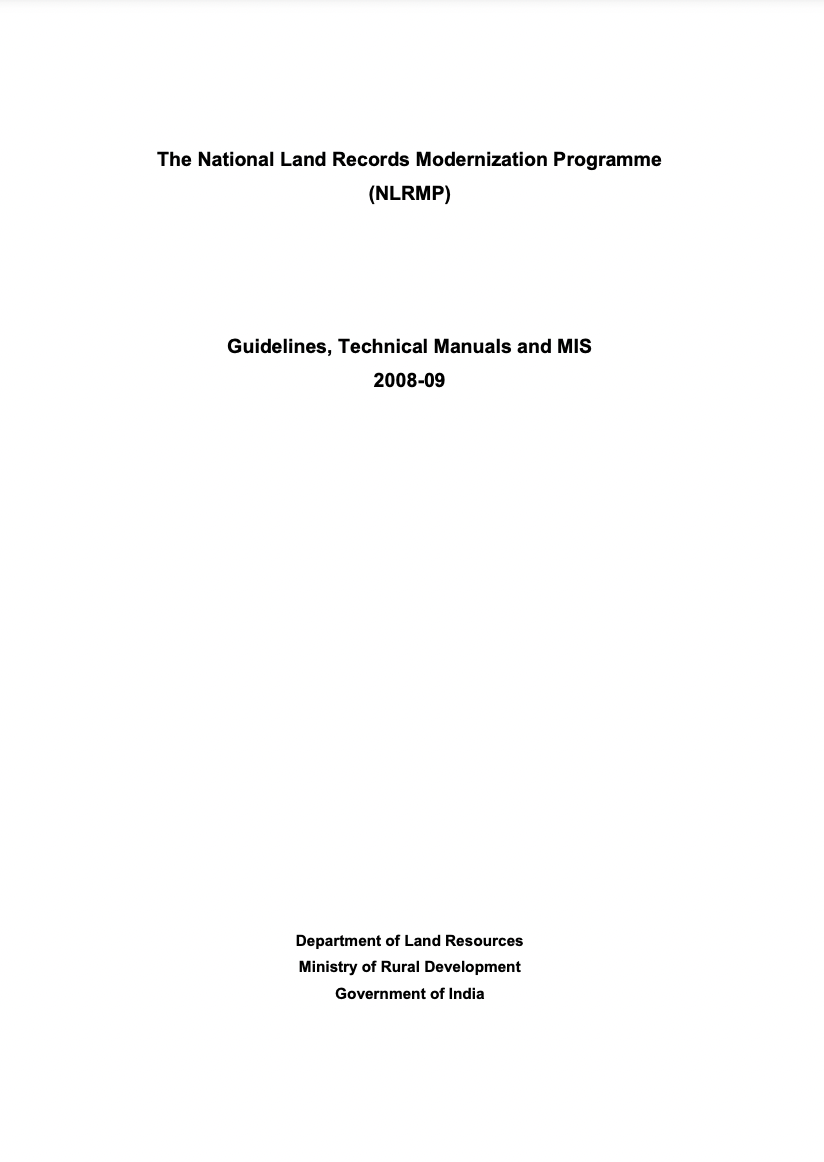The Indus Valley civilization, one of the world's oldest, flourished during the 3rd and 2nd millennia B.C. and extended into northwestern India. Aryan tribes from the northwest infiltrated the Indian subcontinent about 1500 B.C.; their merger with the earlier Dravidian inhabitants created the classical Indian culture. The Maurya Empire of the 4th and 3rd centuries B.C. - which reached its zenith under ASHOKA - united much of South Asia. The Golden Age ushered in by the Gupta dynasty (4th to 6th centuries A.D.) saw a flowering of Indian science, art, and culture. Islam spread across the subcontinent over a period of 700 years. In the 10th and 11th centuries, Turks and Afghans invaded India and established the Delhi Sultanate. In the early 16th century, the Emperor BABUR established the Mughal Dynasty, which ruled India for more than three centuries. European explorers began establishing footholds in India during the 16th century.
By the 19th century, Great Britain had become the dominant political power on the subcontinent. The British Indian Army played a vital role in both World Wars. Years of nonviolent resistance to British rule, led by Mohandas GANDHI and Jawaharlal NEHRU, eventually resulted in Indian independence, which was granted in 1947. Large-scale communal violence took place before and after the subcontinent partition into two separate states - India and Pakistan. The neighboring nations have fought three wars since independence, the last of which was in 1971 and resulted in East Pakistan becoming the separate nation of Bangladesh. India's nuclear weapons tests in 1998 emboldened Pakistan to conduct its own tests that same year. In November 2008, terrorists originating from Pakistan conducted a series of coordinated attacks in Mumbai, India's financial capital. Despite pressing problems such as significant overpopulation, environmental degradation, extensive poverty, and widespread corruption, economic growth following the launch of economic reforms in 1991 and a massive youthful population are driving India's emergence as a regional and global power.
India is a federal parliamentary republic.
Source: CIA World Factbook
Members:
Resources
Displaying 36 - 40 of 91Governance for Sustaining Himalayan Ecosystem (G-SHE): Guidelines and Best Practices
Governance for Sustaining Himalayan Ecosystem (G-SHE): Guidelines and Best Practices is . This publication, which forms part of our broader climate change adaptation strategy, puts together key guidelines related to the governance and management of the Himalayan ecosystem, along with case studies.
India’s Fourth National Report to the Convention on Biological Diversity
This report focuses on the threats to biodiversity, status of implementation of the National Biodiversity Action Plan and progress achieved towards meeting the 2010 biodiversity target.
The National Land Records Modernization Programme (NLRMP); Guidelines, Technical Manuals and MIS 2008-09
For modernization of land records system in the country, a modified programme, viz., the National Land Records Modernization Programme (NLRMP) has been formulated by merging two Centrally-sponsored schemes of Computerization of Land Records (CLR) and Strengthening of Revenue Administration and Updating of Land Records (SRA&ULR). The NLRMP was approved by the Cabinet on 21.08.2008.
Study of Uniform Coding Scheme For Computerisation of Land Records
This is a techincal paper by Department of Land Resources, GoI. At present land records databases which are being maintained in various states are following state specific set of codes for different attributes like crop, soil, land use, irrigation, season, area unit and location. The Land Records Information Systems Division of National Informatics Centre, New Delhi has initiated an exercise to standardize the coding scheme for different entities in the land records database exclusively for Data warehousing and Mining purposes for central/state datacentres.
Development Challenges in Extremist Affected Areas
The brief review in the repor concludes of various disturbing aspects of the socio-economic context that prevails in large parts of India today, and that may (and can) contribute to politics such as that of the Naxalite movement or erupt as other forms of violence. It should be recognized that there are different kinds of movements, and that calling and treating them generally as unrest, a disruption of law and order, is little more than a rationale for suppressing them by force.


